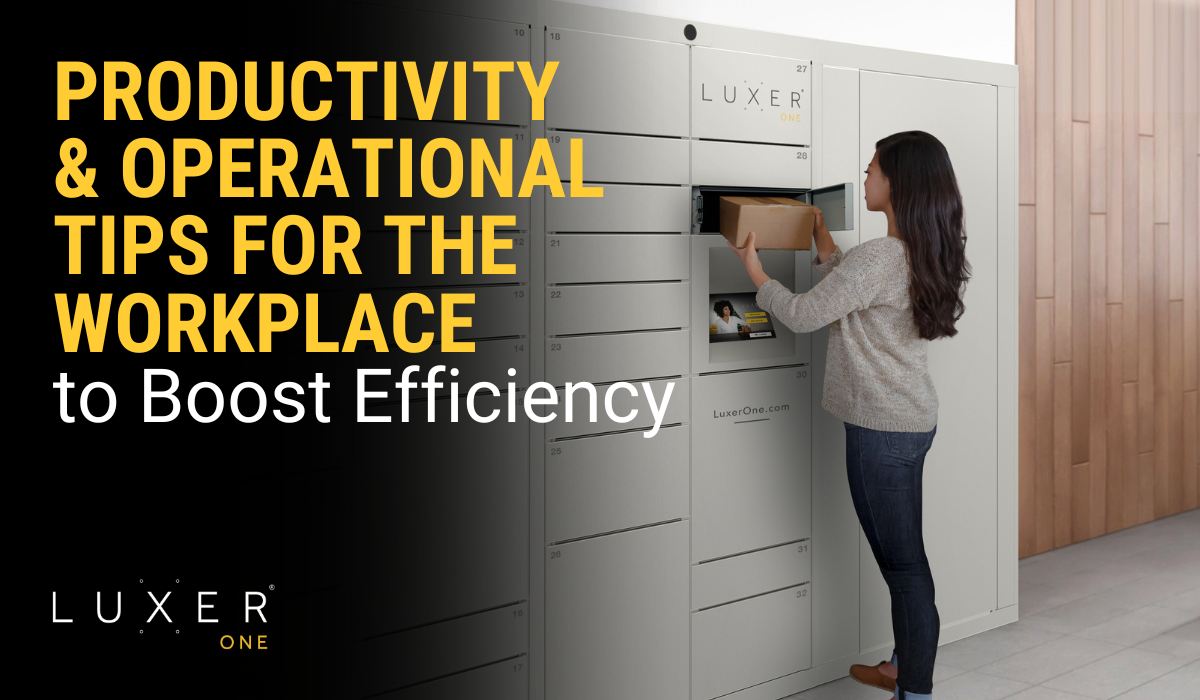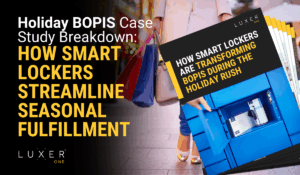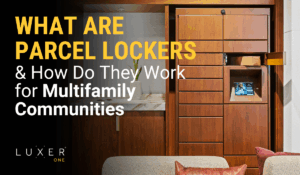The workplace has been turned on its head in the past few years and office leaders are under more pressure than ever to keep teams focused, efficient, and supported. According to recent research, U.S. employees lose an average of 3.5 hours per week to repetitive tasks like sorting emails or tracking down resources.
Meanwhile, 78% of executives say digital transformation is a top priority, but only 31% feel they are succeeding. The takeaway? Productivity in the workplace isn’t just about working harder, it’s about working smarter.
This guide explores practical productivity and operational tips for the workplace that help reduce distractions, streamline processes, and keep employees focused on meaningful work. From automating tasks to device management in offices, these strategies can make a measurable impact.
Why Efficiency Matters More Than Ever
Modern offices are navigating a new normal: hybrid schedules, technology reliance, and rising employee expectations. Leaders must design operations that minimize wasted time and maximize output without burning out teams.
Studies show that employees are increasingly eager for solutions that reduce unnecessary interruptions. Many expect AI and digital systems to take over repetitive functions so they can focus on high-value projects. At the same time, operational tools like smart lockers and workplace device management systems are proving vital in creating an environment where both people and processes thrive.

Key Workplace Challenges to Address
Before diving into solutions, it’s worth noting where most offices lose efficiency:
- Repetitive tasks: Sorting through mail, chasing down devices, or managing checkouts.
- Unnecessary interruptions: From package deliveries to ad-hoc requests.
- Untracked assets: Devices, chargers, and tools that go missing or remain unaccounted for.
- Workspace clutter: Poorly organized mailrooms or storage areas that frustrate employees.
By addressing these bottlenecks, office managers can improve both productivity and morale.

Tactical Tips to Boost Productivity and Operations
Here are six actionable strategies every office manager should consider:
- Automate Repetitive Tasks
Tools powered by AI or smart office systems can handle scheduling, email filtering, and data entry. Automating even small processes frees employees to focus on impactful work. - Streamline Communication
Establish clear communication channels and reduce unnecessary meetings. Shorter updates and well-documented processes prevent interruptions that derail focus. - Create Focus Zones
Whether through dedicated quiet spaces or company-wide “no meeting” blocks, offices can protect deep work time that boosts employee performance. - Leverage Smart Lockers
Smart lockers are a modern solution for package management, device exchanges, and secure storage. With lockers, employees receive instant notifications when packages or assets are ready, reducing disruptive mailroom trips. Lockers also provide secure compartments that eliminate the risk of theft or loss. - Improve Device Management in Offices
From laptops to specialized equipment, devices are essential for daily work. Smart lockers can also double as device charging and management hubs, ensuring gear is always available, accounted for, and ready to use. This saves administrators time and helps prevent lost productivity from misplaced tools. - Keep Workspaces Organized
Apply operational principles like 5S (sort, set in order, shine, standardize, sustain) to maintain a clean and functional office environment. A clutter-free workspace reduces errors and stress.
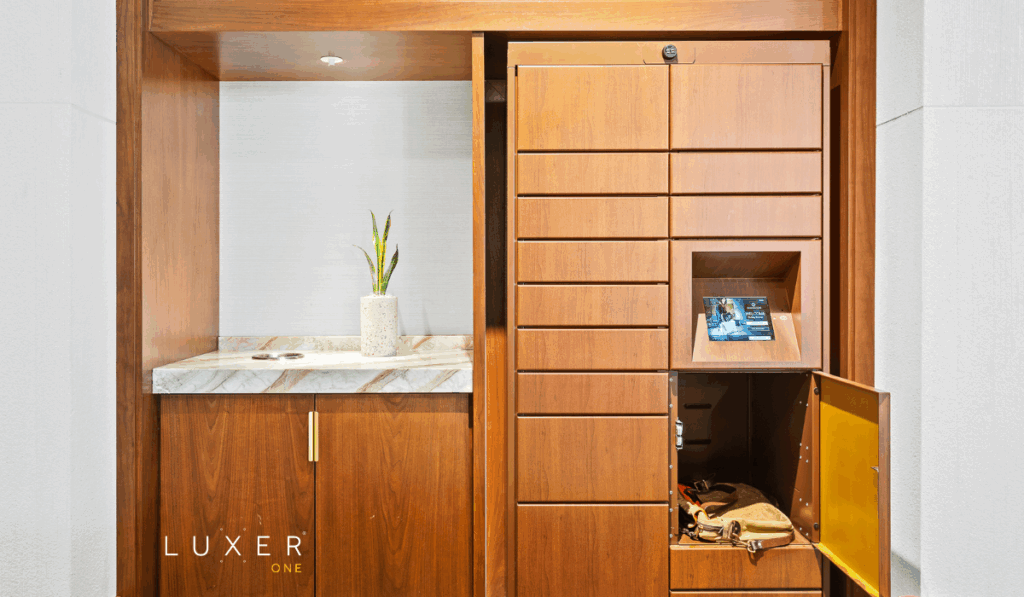
Smart Lockers in Action: A Case Study in Efficiency
Office managers often underestimate the interruptions caused by unmanaged deliveries and assets. Consider how many minutes employees lose when they:
- Make multiple trips to the mailroom, only to find nothing has arrived.
- Search for shared devices that aren’t returned on time.
- Spend hours reconciling missing or misplaced equipment.
Smart lockers eliminate these inefficiencies. With Luxer One’s office solutions, companies gain:
- Automated package management – instant delivery notifications and secure pickup without additional staffing with smart package lockers.
- Secure asset exchange – safe and secure equipment handoffs or private document swaps with smart asset exchange lockers.
- Device charging and management – keep laptops, tablets, and chargers tracked and ready to go with device management smart lockers.
- Operational visibility – managers can monitor usage patterns, reducing loss and improving accountability.
The result? Employees spend less time managing logistics and more time doing the work that matters most.
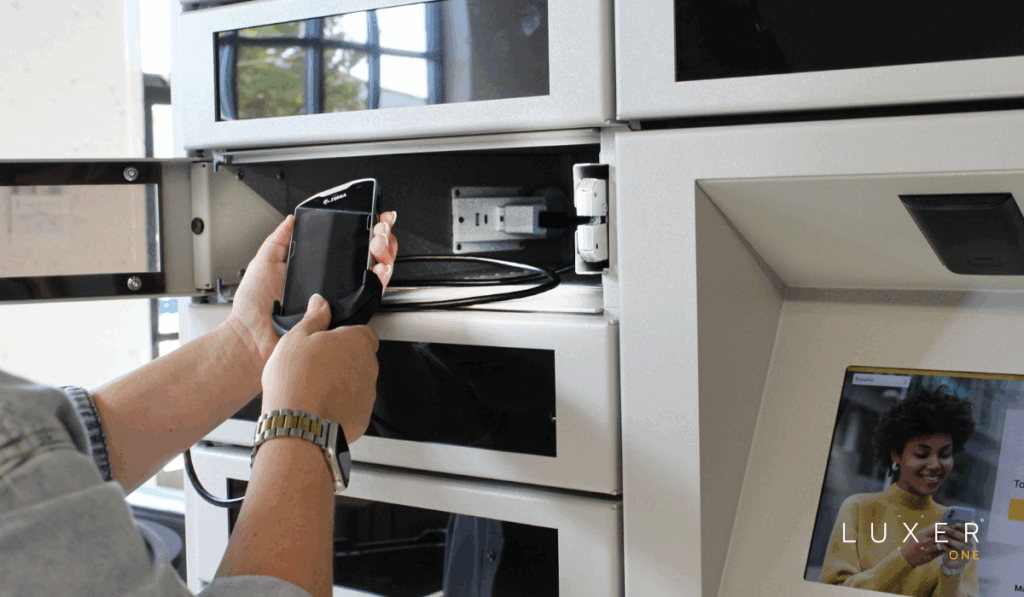
The Bottom Line
Workplace productivity is no longer just about individual performance—it’s about building systems that support efficiency at scale. From automating tasks to improving device management in offices, the right operational strategies can transform how teams work.
Smart lockers are one of the simplest, most effective upgrades an office can make. By addressing package delivery, asset tracking, and device management, they reduce interruptions, improve security, and give employees more time to focus.
Unlock the benefits of a more efficient workplace. Request a demo today and see how Luxer One can help your office run smarter.
